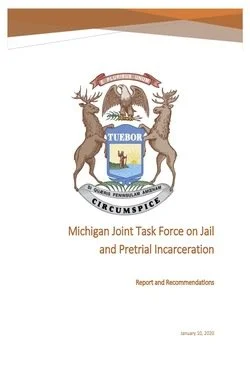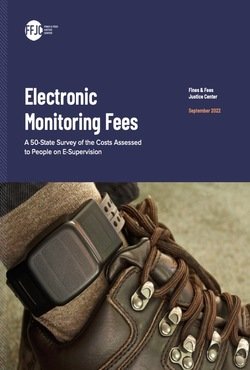By Aaron Littman
The machinery of mass incarceration in America is huge, intricate, and destructive. To understand it and to tame it, scholars and activists look for its levers of power—where are they, who holds them, and what motivates them? This much we know: legislators criminalize, police arrest, prosecutors charge, judges sentence, prison officials confine, and probation and parole officials manage release.
As this Article reveals, jailers, too, have their hands on the controls. The sheriffs who run jails—along with the county commissioners who fund them—have tremendous but unrecognized power over the size and shape of our criminal legal system, particularly in rural areas and for people accused or convicted of low-level crimes.
Because they have the authority to build jails (or not) as well as the authority to release people (or not), they exercise significant control not merely over conditions but also over both the supply of and demand for jail bedspace: how large they should be, how many people they should confine, and who those people should be. By advocating, financing, and contracting for jail bedspace, sheriffs and commissioners determine who has a say and who has a stake in carceral expansion and contraction. Through their exercise of arrest and release powers, sheriffs affect how many and which people fill their cells. Constraints they create or relieve on carceral infrastructure exert or alleviate pressure on officials at the local, state, and federal levels.
Drawing on surveys of state statutes and of municipal securities filings, data from the Bureau of Justice Statistics, case law, and media coverage, this Article tells overlooked stories—of sheriffs who send their deputies out door knocking to convince voters to support a new tax to fund a new jail, and of commissioners who raise criminal court fees and sign contracts to detain “rental inmates” to ensure that incarceration “pays for itself.” It also tells of sheriffs who override the arrest decisions of city police officers, release defendants who have not made bail, and cut sentences short—and of those who would rather build more beds than push back on carceral inertia.
A spotlight on jails and the officials who run them illuminates important attributes of our carceral crisis. The power and incentives to build jail bedspace are as consequential as the power and incentives to fill it. Expanding a county’s jailing capacity has profound ramifications across local, state, and federal criminal legal systems. Sheriffs have a unique combination of controls over how big and how full their jails are, but this role consolidation does not produce the restraint that some have predicted. Their disclaimers of responsibility are a smokescreen, obscuring sheriffs’ bureaucratic commitment to perpetuating mass incarceration. State courts and federal agencies have increasingly recognized and regulated public profiteering through jail contracting, and advocates have begun to hold jailers accountable, challenging expansion in polling booths and budget meetings.
74 Vanderbilt Law Review 861 (2021)










